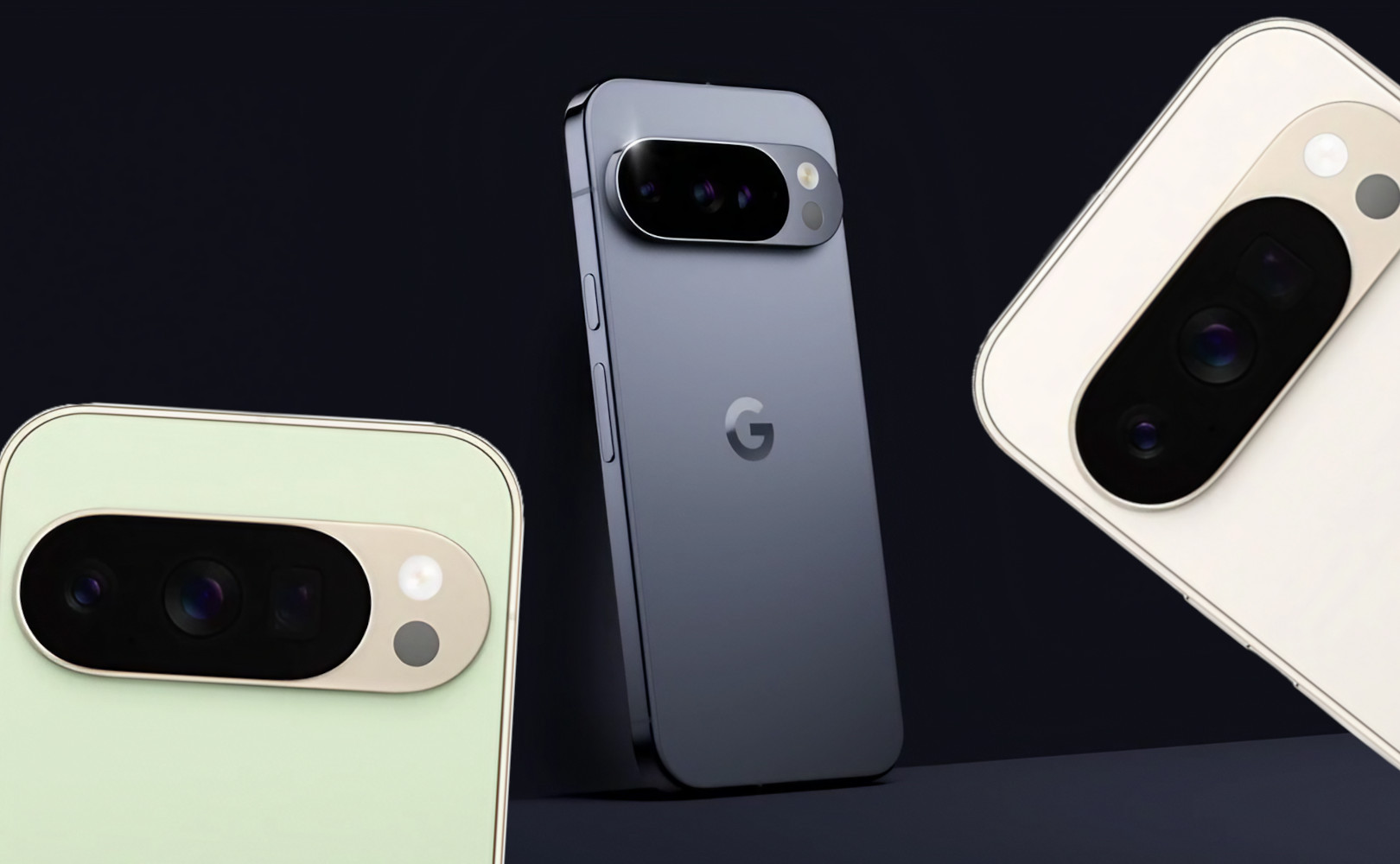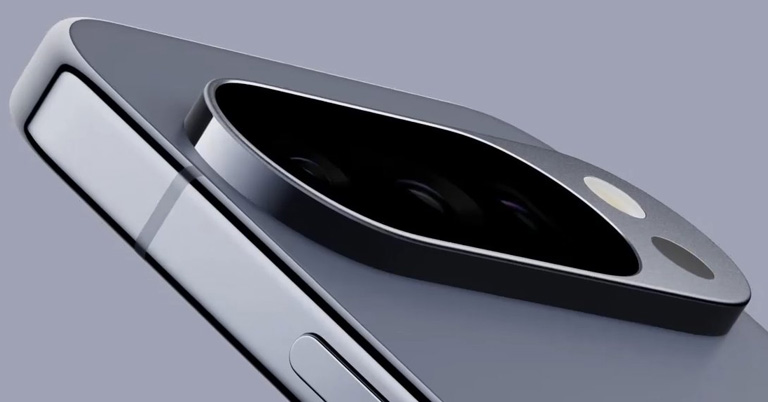
Pre-Orders Pixel 10 Series: Google’s Boldest Smartphone Era Yet
AI-powered photography, future-proof design, and a custom-built chip: Google’s 10th-gen Pixel lineup sets out to redefine what a flagship phone should be.
A decade in, and Google finally swings for the fences
For years, Pixel phones have been the darlings of photographers and software purists. They were clever, capable, sometimes quirky, but rarely the outright showstoppers next to Apple’s iPhone or Samsung’s Galaxy Ultra. That changes with the Pixel 10 series. Officially unveiled this week, Google’s trio of new devices, Pixel 10, Pixel 10 Pro, and Pixel 10 Pro XL, marks a turning point.
Armed with the new Tensor G5 chip, next-gen AI smarts, and some serious camera muscle, these phones are Google’s loudest, most confident answer to the competition. They’re not just keeping up with Apple and Samsung anymore, they’re pushing into territory neither has fully claimed: phones that are proactively helpful, endlessly customizable, and powered by generative AI running right on the device.
Design that feels modern, sustainable, and unapologetically Pixel

Let’s start with the look. The Pixel 10 lineup refines Google’s now-iconic design language with small but meaningful changes. The camera bar, love it or hate it, is back, this time polished into sleeker lines that make the phones look cleaner and more premium. For the first time, all three models come with Pixelsnap, a Qi2 wireless charging standard paired with magnetic accessories. Think MagSafe, but Pixel-flavored.
Sustainability is also a bigger story here than in past generations. Google is touting the Pixel 10 as the most recycled-materials-heavy phone in its lineup yet, signaling that eco-conscious design is moving from afterthought to baseline expectation.
The Pixel 10 itself comes in four colors: Obsidian, Frost, Indigo, and Lemongrass. Each pairs a satin-finish metal frame with a polished glass back. The display is brighter than ever, topping out at a wild 3000 nits, which basically means you can read Instagram captions at the beach without squinting. Audio also gets a serious upgrade, with better bass response that makes shows and playlists pop.
The first standard Pixel with a true telephoto
Here’s where things get spicy: for the first time ever, the standard Pixel gets a telephoto lens. Not a half-baked digital zoom, but a real 5x optical zoom lens with fast autofocus and support for up to 20x zoom with Google’s Super Res Zoom.
This instantly makes the Pixel 10 feel like a “Pro” phone without the Pro branding. And while the megapixel counts on the main and ultrawide sensors have dropped slightly, Google is betting that its computational photography wizardry, now supercharged by AI, will more than make up the difference.
If you’ve ever been frustrated trying to capture a kid’s performance on stage, a bird across the park, or even just an art detail from a few rows back, this upgrade is the one you’ll actually notice.
Enter the Pro Res Zoom era

Zoom, of course, is where Google wants to flex hardest. On the Pixel 10 Pro and 10 Pro XL, a new feature called Pro Res Zoom uses the Tensor G5 chip and an all-new generative imaging model to recover and refine detail like never before.
The result: up to 100x zoom that isn’t just a blurry crop. Google says this is the largest AI model ever embedded into Pixel Camera, designed to rebuild intricate textures and patterns that most smartphone cameras would simply smear into noise.
Yes, 100x zoom still sounds like a party trick. But if Google’s AI can make those moon shots and skyline captures actually look good, the Pixel 10 Pro XL just became the first smartphone to make ultra-zoom genuinely usable.
AI woven into the fabric of the phone

Of course, no Pixel launch would be complete without Google flexing its AI muscles, and the Pixel 10 series goes all-in. Tensor G5, Google’s first fully in-house chip built on TSMC’s cutting-edge 3nm process, is the star here. Faster, cooler, and more efficient than any Tensor before it, it unlocks on-device AI experiences that don’t need a cloud connection to feel magical.
Take Magic Cue, a new feature designed to live inside your favorite apps like Google Messages or the Phone app. It acts like an invisible personal assistant, surfacing relevant information exactly when you need it. Call an airline, and your flight details appear on screen pulled directly from your Gmail. Text a friend about dinner, and the address of the restaurant pops up. Ask your mom about the cat, and Magic Cue instantly pulls up those cat photos you keep buried in Google Photos.
It’s contextual help, not just reactive commands, and it’s built to run privately on your device. Google wants this to be the moment where AI stops being a novelty and starts being the connective tissue of your daily digital life.
Teaching you to shoot like a pro

Another standout feature is Camera Coach, which uses Gemini AI models to actively teach you photography skills as you shoot. Rather than just applying post-processing magic, Camera Coach nudges you toward better composition, smarter framing, and more interesting shots.
It’s like having a photography tutor baked into your phone. For beginners, this could be a revelation, turning everyday snapshots into more thoughtful captures. For enthusiasts, it’s a creative tool that pushes you to think differently about angles and storytelling.
Combined with Pro Res Zoom, it’s clear Google wants to own not just smartphone photography but smartphone photography education.
Bigger batteries, better charging, more everything
The Pixel 10 Pro and Pro XL don’t stop at AI tricks. These phones bring bigger batteries, upgraded speakers, 16 GB of RAM, and faster wired charging. The XL model in particular gets support for the new Qi2.2 standard at 25W, putting it in rare company among flagships that can actually charge fast without plugging in.
And while prices start at a familiar $799 for the Pixel 10, the lineup scales to $999 for the Pro and $1199 for the XL. That’s aggressive, given the competition. Samsung’s Ultra and Apple’s Pro Max regularly creep above $1200, sometimes $1400.
To sweeten the pot, Pixel 10 Pro and Pro XL buyers also get a full year of Google AI Pro included, underscoring how much Google wants this to feel like an ecosystem shift, not just a device upgrade.
Why this launch feels different
The Pixel 10 launch feels like Google finally showing its hand. For years, Pixels have had a reputation as “the clever phone for insiders,” but rarely the mainstream blockbuster. This generation could change that.
With a custom chip that rivals Apple’s A-series, cameras that punch way above their weight, and AI features that feel personal rather than gimmicky, the Pixel 10 series has the ingredients of a true flagship family. And perhaps most importantly, Google has priced them to compete, not just impress.
Looking ahead to August 28
Preorders are live now, with full availability on August 28. That means in just a few weeks, we’ll see if the Pixel 10 can finally turn Google’s ambition into widespread adoption.
The stakes are high. Apple is preparing its iPhone 17 launch, Samsung continues to dominate the Android high end, and AI is the buzzword every brand wants to own. But with the Pixel 10, Google isn’t just tossing around AI as a marketing term. It’s baking it into every interaction, every tap, every photo.
If you’ve been waiting for the moment Google finally got serious about building the Android flagship, this might be it. The Pixel 10 Series is Google’s declaration of intent: the Pixel is no longer niche. It’s here to lead.







